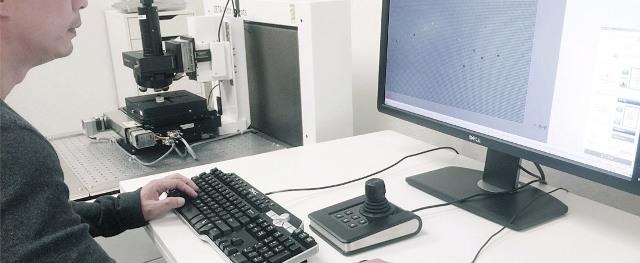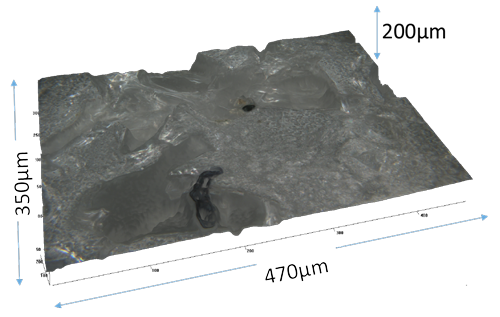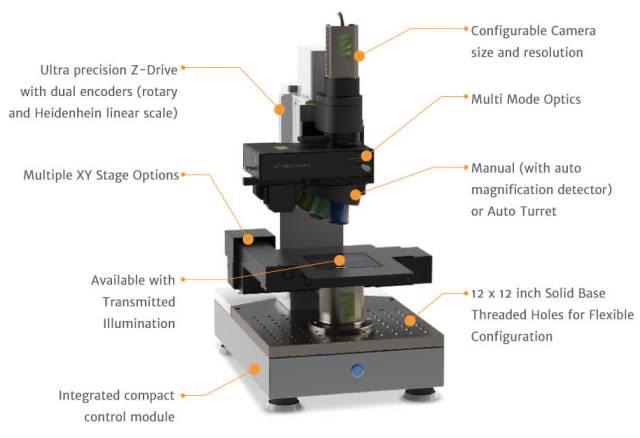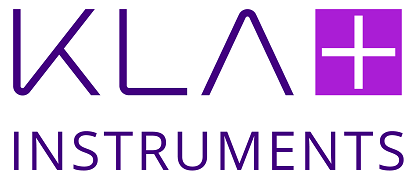For surface metrological studies, it is important that laboratory instruments are easy to operate and capable of taking multiple measurements simultaneously. These instruments should be tools that enable rapid and accurate research so that research findings can be quickly communicated to your peer community.

Figure 1. Surface metrological instruments should be tools that enable fast and accurate results.
Zeta 3D Optical Profilers
You can quickly and easily learn to use the Zeta 3D optical profilers; 90% of the techniques can be understood in less than an hour. This instrument is capable of performing multiple measurements at the same time and produces meaningful results rapidly. The average time per scan is less than 30 seconds. The greatest advantage of the Zeta 3D optical profiler is that it does not require any maintenance, eliminating the need for contracts and the wait for servicing.
Differentiating Research with 3D Optical profiler
Fast and Accurate
Critical research work often require tools that can provide fast and accurate 3D imaging information for making critical decisions, iterating experiments, and re-engineering designs. Unlike conventional profiling instruments that take days or even weeks to acquire results, the Zeta Tencor 3D optical profiler provides results within minutes and helps complete iterations within hours. This instrument is capable of scanning samples directly without any sample preparation. The ZDot technology is capable of working with the most challenging of surfaces without having to level stages or find focus.
Not Just a Pretty Picture
The images produced by the Zeta Tencor 3D optical profiler are captivating and ready for publication. These images make sense immediately to editors and reviewers, making research findings clear and more relevant. The entire surface metrology story along with the data is captured by a single published image, providing sufficient details for cover art.
Multi-Mode Technology for Multiple Applications
When working with a limited budget, the purchase of every major instrument is significant. Under such constraints, it is important to purchase the best surface metrology tool available. Even nanoscale-level surface measurements can be done using the Zeta 3D optical profiler, like an interferometer. Almost 90% of the requirements of research surface metrology can be met by the 3D metrology (ZDot) technology. The capabilities of Zeta can be extended to Nomarski Imaging (ZIC), vertical scanning interferometry (ZX5 / ZX100), film thickness measurements (ZFT), shearing interferometery (ZSI), dark field imaging, automated defect inspection (AOI) and defect marking using a diamond scribe. Measurement of samples of varying sizes and angles is possible with the Zeta profiler. Software analysis or hardware design can also be customized on the Zeta 3D optical profiler. Some of the applications of the Zeta 3D profiler are shown in Figures 2,3 and 4.

Figure 2. Poly-urethane surface for CMP

Figure 3. Microneedles for drug delivery

Figure 4. RGB Pixels imaged inside a cell phone
Zeta-20
The Zeta-20 3D profiler is a non-contact optical profiler for measuring complex surfaces. The profiler is combined with the metrology microscope (Figure 5) for conducting research work at world-class R&D institutions and universities. The patented ZDot based vertical scanning mechanism is implemented in the non-contact 3D imaging and metrology system for taking measurements of complex surfaces with properties such as low contrast, transparent, mixed materials, high roughness, very high reflectivity, or very low reflectivity.

Figure 5. Metrology microscope
The unique optical design of the Zeta-20 provides a very high light throughput which enables a 10 nm height resolution with standard microscope objectives. Such resolutions cannot be achieved by typical vertical scanning microscopes.
The integrated system that combines a color CCD camera and a high brightness white LED enables topographical and true color measurements of the surface at the same time. The Zeta-20 optical profiler is the right choice for measurement of Angstrom-level steps or roughness, or film thickness in a nanometer scale.
The multi-mode optical architecture of the Zeta-20 optical profiler provides the flexibility of extending its usage to interferometery (ZX5,ZSI), Normarski imaging (ZIC), and spectroscopic reflectometry (ZFT), based on research needs.

This information has been sourced, reviewed and adapted from materials provided by KLA.
For more information on this source, please visit KLA Corporation.